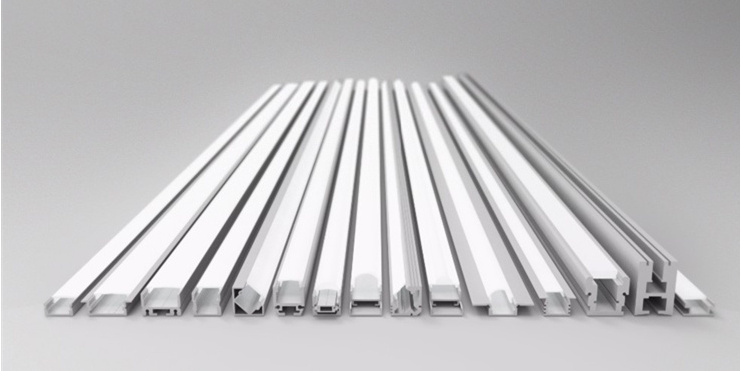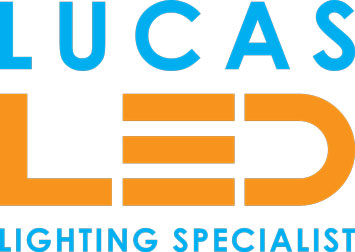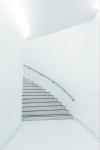LED Profile

LED aluminum profiles appeared more than 10 years ago. to satisfy the existing and growing market of led strips. At this point, LED Profiles completely change the lighting market where in combination with modern LED strips, give us the most modern lighting product in every color, and with many levels of brightness. Currently, we have a large selection of led profiles, from furniture profiles to architectural profiles. They are also available in several basic colors: anode, raw aluminum, white, black, and exceptionally for the furniture sector also in brown, blue, red, green. Returning to the question, we distinguish 5 main LED Profile System & applications:
- Recessed
- Surface
- Corners
- Architectural
- Specialist
Because this sub-title as Types of LED Profiles is very extensive due to applications and a large number of models I would like to leave and discuss in another post, hope so very soon.
LED profiles as a Radiator?
LED profiles are made of aluminum. Aluminum as we know it is an excellent material for heat dissipation. It is an excellent material that works perfectly with modern technologies and LED lighting.
It performs the function of a RADIATOR which dissipates perfectly heat and significantly extends the life of LEDs.
The LED profile is able to extend the life of the tape up to twice, and in the case of their cheap counterparts it turns out to be necessary for a long and trouble-free or free of charge work.
Let's say that the standard strip light depends on the manufacturing, has a lifetime eg. about 20,000 hours. If the LED strip is glued directly to the MDF, the heat from the LED will heat all components and resistors, which will significantly affect the lifetime of these components. therefore, the tape will lose its value after 10k hours and the brightness will decrease every week.
Diffuser or Shade & efficient?
According to most of the aluminum profiles, we will be able to choose the right shade that will additionally protect the LED strip and disperse its light accordingly. The lampshades are available in several basic types. Transparent, Clear, Frosted, Milky.
I personally prefer milky, of course, we lose brightness about 15-25% but we get a full line of light, without visible LED spots.
Especially when the LED profile or LED channel is visible. The best-LED strip for a continuous light line is a strip with a min. 120 led diodes per meter or more. The profile depth is also important. Must have a depth of min. 10mm to profile cover. If we have less strongly recommended the Milky cover and LED strip larger than 120 led per meter, hm 180-240 LED diodes per meter. if the brightness is too strong, we can use LED Dimmers to solve the problem.
Of course, if our profile is not visible, for example under a kitchen cabinet, in a wardrobe, under shelves, and we do not see it completely, there is no need to use a milk shade, then use transparent or frosted.
If you have any questions, I will be happy to answer and help you with your individual project. You can also leave us an email at [email protected]














